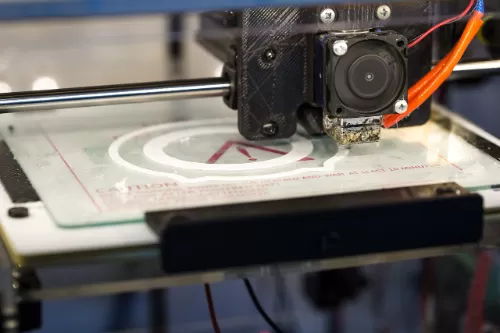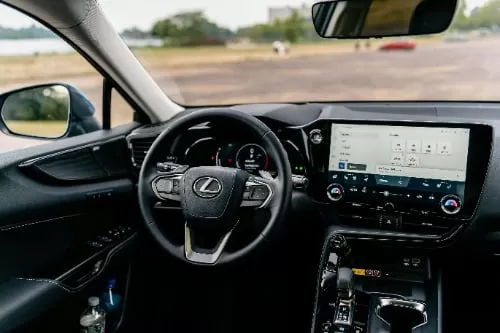The Art of the Possible: 3D Printed Jewelry, Furniture, and Even Houses
What if you could design a ring in the morning, print a chair by afternoon, and live in a home crafted layer by layer by sunset? This isn’t fantasy—it’s the reality of 3D printing, a technology quietly rewriting the rules of creation. From delicate adornments to entire dwellings, 3D printing is turning imagination into tangible reality, one layer at a time.

3D Printing: The Brush of the Digital Age
At its core, 3D printing is a process of building objects by stacking materials—plastic, metal, concrete, even recycled waste—into precise shapes guided by digital designs. Unlike traditional manufacturing, which carves or molds, 3D printing adds rather than subtracts. This “additive” approach eliminates waste and unlocks unprecedented freedom. Want a necklace with fractal patterns too intricate for human hands? 3D printing can craft it. Dream of a chair that mimics organic curves found in nature? 3D printing bends geometry to your will.
Jewelry: Where Art Meets Algorithm
3D printing has democratized jewelry design, blending artistry with algorithmic precision. Designers now sketch intricate patterns on screens, then watch as printers weave metals into lace-like rings or pendants with hidden kinetic elements. For wearers, this means owning pieces that feel personal and impossible—a marriage of human creativity and machine exactness. 3D printing also breathes new life into heirlooms, allowing families to replicate or reimagine vintage designs without relying on rare craftsmanship skills.
Furniture: Reinventing the Everyday
Gone are the days of settling for mass-produced furniture. With 3D printing, chairs, lamps, and tables morph from flat blueprints into functional art. Designers experiment with honeycomb structures for lightweight strength, or fluid shapes that defy conventional joinery. For consumers, 3D printing offers customization: a table leg adjusted to your height, a vase molded to your favorite silhouette. Even better, printing furniture on-demand slashes the carbon footprint of shipping and overproduction.
Houses: Building the Future, Layer by Layer
The most audacious application of 3D printing lies in architecture. Imagine a machine extruding concrete walls in spirals or lattice patterns, constructing a livable home in days instead of months. These printed houses aren't just faster to build—they’re stronger, too. Curved walls resist earthquakes better than flat ones, and air gaps printed into structures provide natural insulation. 3D printing also tackles housing crises, offering affordable dwellings in disaster zones or communities lacking construction resources.
Why This Matters Beyond Novelty
3D printing isn't just a flashy gimmick—it's a shift in how we relate to the physical world. By decentralizing production, it empowers individuals to become creators, not just consumers. A farmer could print a broken tool part overnight; an artist could prototype sculptures without costly molds. 3D printing also nudges us toward sustainability, using only the material needed and repurposing plastics into durable goods.
Conclusion
Critics once dismissed 3D printing as a niche for prototypes and trinkets. Today, it's proving itself as a medium as versatile as clay, metal, or wood—but unbound by their constraints. As the technology evolves, so does its potential: printed organs for transplants, customized prosthetics, even habitats on Mars.
What makes 3D printing revolutionary isn't the machines, but the mindset they inspire. It asks us to see objects not as fixed, but as fluid—waiting to be reshaped by curiosity. In a world where we're told to “think outside the box,” 3D printing reminds us that there is no box. There's only what we dare to dream, design, and layer into existence.

Is Your Business Really Safe-What Every Owner Should Know About Modern Security

Exploring the Best Database Storage Solutions: From Free Options to Advanced Management

A Comprehensive Guide For GPS Tracking: The Future of Fleet Management

Internet Service Providers: Say Goodbye to Slow and Expensive Internet

Hear the Revolution: How AI Podcasts Are Redefining Tech Talk

Unlocking Opportunities: The Rise of Data Analysis in Today Job Market

Boost Your Business with Expert Online Advertising Solutions






